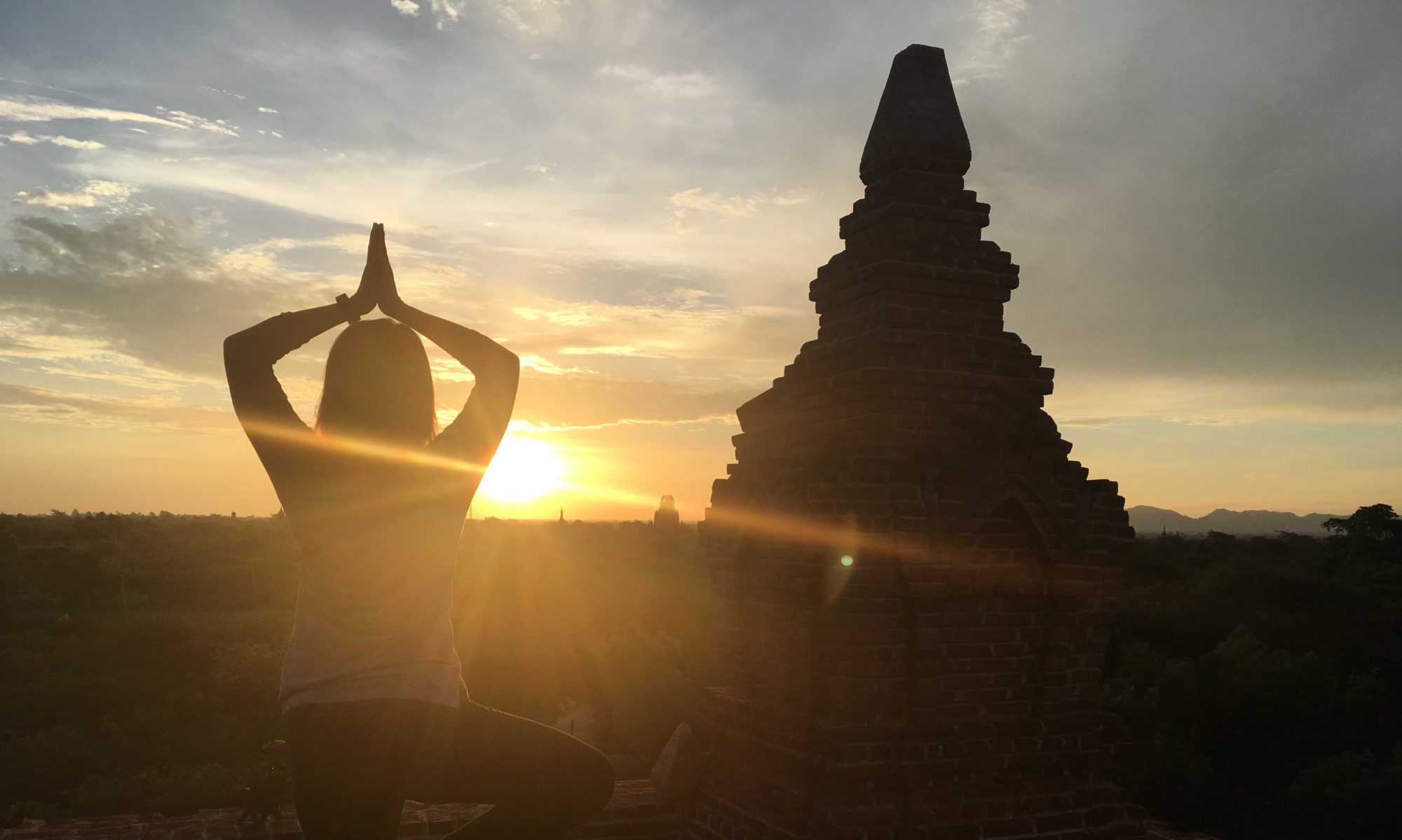A story about how a little village in Thailand is using ecotourism to raise itself from the mud and teach people to save the environment.
Ban Khun Samut Jeen is a village on stilts in Samut Prakan Province, Thailand. It reminds me a bit of the movie Waterworld, a 1995 film starring Kevin Costner about a post-apocalyptic world underwater. Due to global warming and erosion, a large part of the village was completely wiped off the map. To keep their plight on the map, the villagers promote ecotourism through their Homestay. A part of the profit helps support programs that combat erosion and educate people on how to save the environment.

Their Homestay was a great deal. For the price of 600 baht ($18) per adult a night, you get lodging, three delicious authentic Thai meals, and a learning experience. Even though it is only 19 kilometers from chaotic Bangkok, it feels as if you are a world away. Located where the Chao Phraya River meets the Gulf of Thailand, it is accessible only by boat. It was not the easiest place to get to. But it was well worth the trip.

To get there, we used the toll road from Bangkok to Samut Prakan. We followed directions to Pa Ree Port, “ท่าเรือป้ารี่”. (GPS coordinate 13.550067, 100.531123). We got there at dusk and parked the car overnight for 100 baht ($3). Across the parking space is the port where we hired a longtail boat to Ban Khun Samut Jeen port, “ท่าเรือบ้านขุนสมุทรจีน(บ้านผู้ใหญ่สมร)”. For our entire group, it cost only 150 baht ($4.50).


We raced along green tea-color waterways for 15 minutes and reached the port by nightfall. Our adventure did not end there. The port is about a 10-minute walk away from our destination. We dragged our suitcases on a raised dirt embankment flanked by water on each side (note: only bring backpacks next time). The darkness around us did not help. Along the way, we heard splashing and gurgling sounds from the water. Thankfully we had strong flashlights to light to way.

We arrived tired and hungry at Ban Khun Samut Jeen Homestay. The owner, Puyai Samorn, was not expecting us. It was completely our fault we did not call from Bangkok to confirm and had arrived so late they had thought we canceled (note: always call to confirm our stay next time). They scrambled to cook us dinner and set up a hut for us. It is a beautiful wood structure with thatch roof built on stilts over the water. Wood plank walkways guarded by friendly dogs connect it to the main building, restrooms, and other huts.


The traditional Thai meal served was amazing: deep-fried shrimps and fish, steamed crab and clams, sour soup with seafood, and Thai omelet (sorry, no pictures because we were too hungry). After we filled stomachs to the brim, we retired to sleep under mosquito nets on pads on the hardwood floor. It was not a 5-star place but it was authentic, which, to me, beats luxury on most days.

In the morning we woke up to the sun rising over the Gulf and a delicious breakfast of shrimp rice soup. Our guide came to pick us up with a full itinerary (also included in the price). He was there to give us an education on the village and what they are doing to promote ecotourism.



He took us to plant mangrove trees along the coastline, a project started by the villagers to help with erosion. They had also built sea walls to keep the entire village from being swallowed by the Gulf. Because they did not receive enough government help, they had to raise money from corporations and fundraisers to build them. The walls and the mangroves have been the most effective ways of slowing down land loss.



We also visited a Buddhist temple in the middle of the ocean and accessible only by a long bridge. It was once partly under water. Now it sits lonely on an island. People had to excavate it out of the muddy water after they built the sea wall. Evidence of water damage is in the peeled walls and raised wood plank floors.



Among the amazing sea life we saw were fiddler crabs and mudskippers, fishes that could glide around on their fins. As we looked out toward the Gulf, our guide pointed at the poles sticking up in places. “These were utility poles. During low tide, sometimes you can see roofs of homes, hospital, and school that are underwater,” he said.


After, he took us on a walk around the village (what’s left of it). There were a cute elementary school and wood homes nestled among mangrove trees. Along a part of the beautiful paths were plastic bags and bottles – trash from Bangkok washed downstream into this coastal village. I asked about recycling and trash collection. The guide replied sadly that no matter how often they picked up the trash there would be more. Being so close to a major city, it is a receptacle of things carried by the river. It has to start at the source.



After a delicious seafood lunch, we bid farewell to the wonderful people and friendly dogs. Ban Khun Samut Jeen is one of the most special places we have visited. It is a hidden gem that is both a cautionary tale and a hope. It has suffered at the hands of humans – by our reckless behaviors and series of bad decisions. If we can save it, then it would prove that what humans damage we can also fix. It is not too late.

To contact the Homestay, send a message through their Facebook page.


